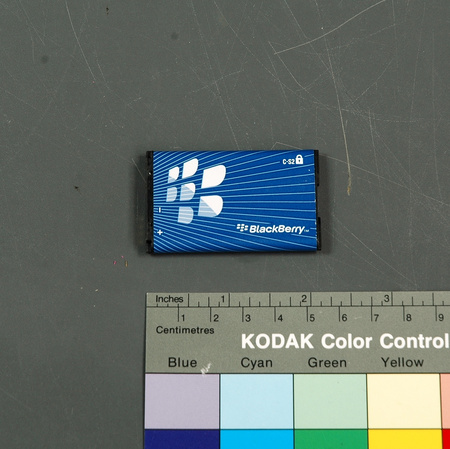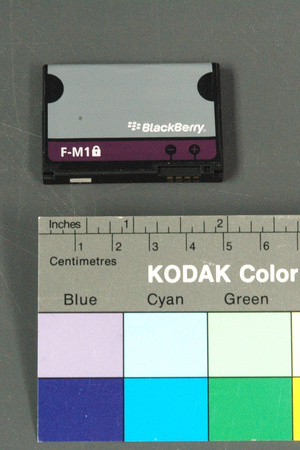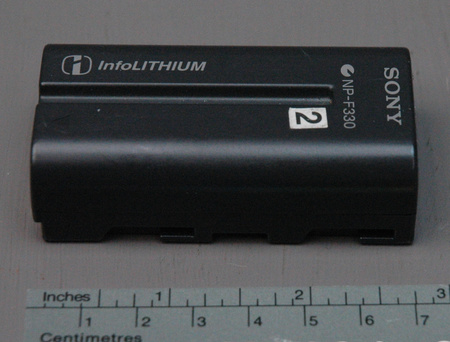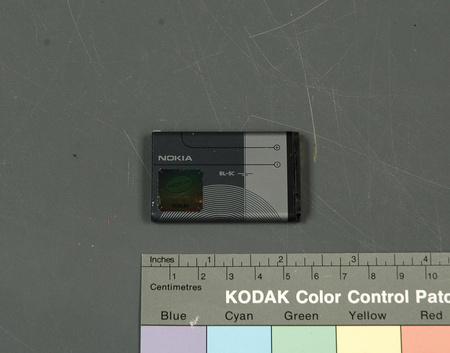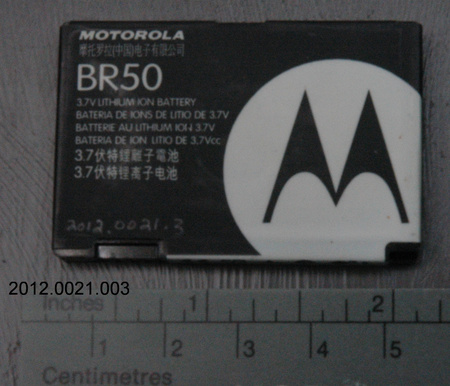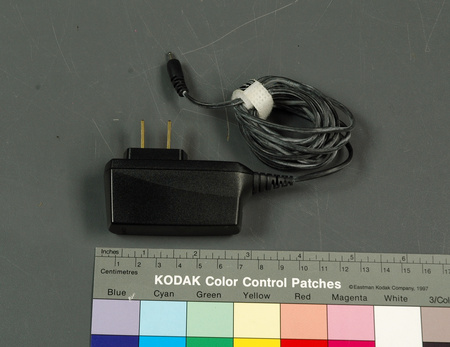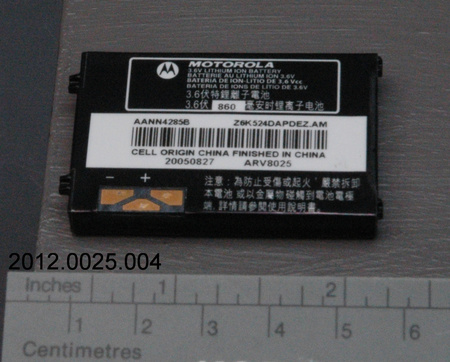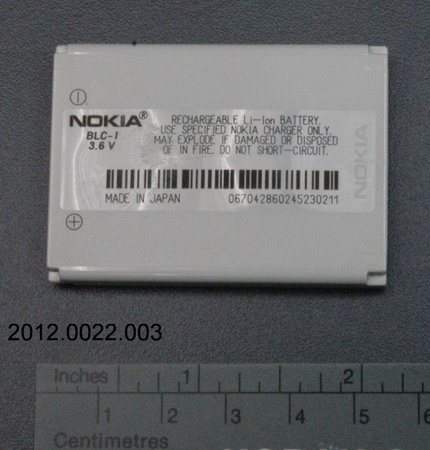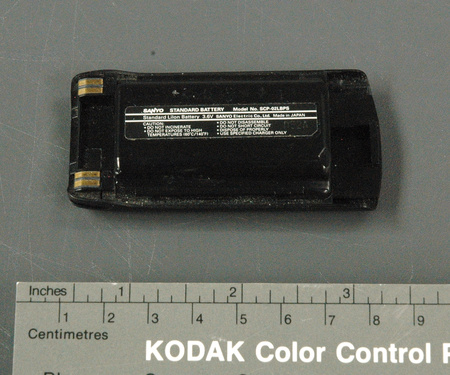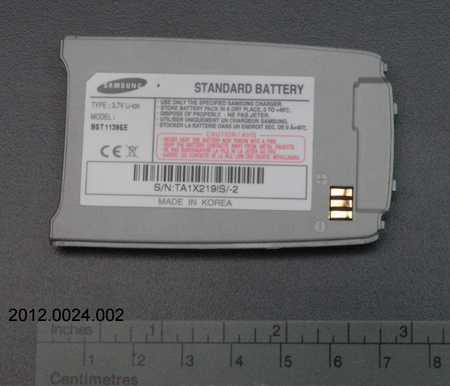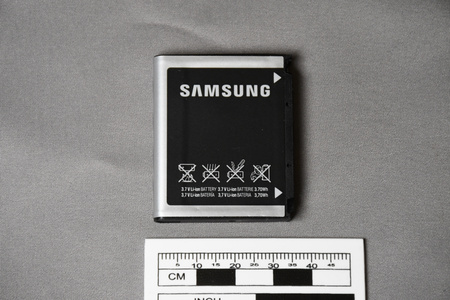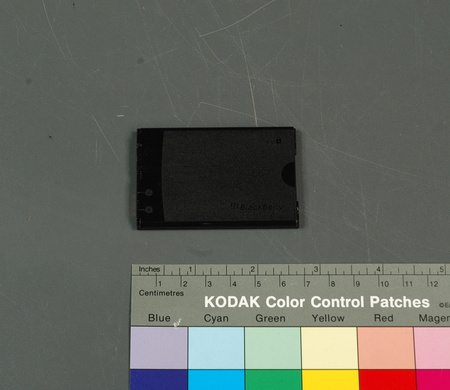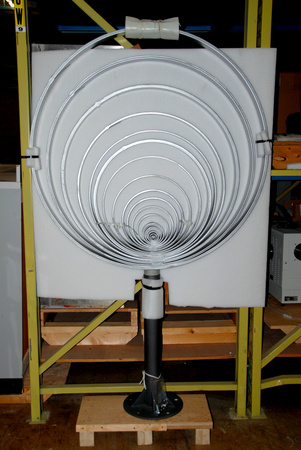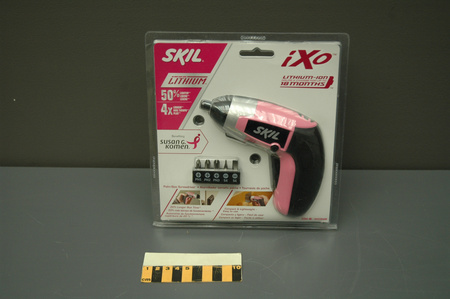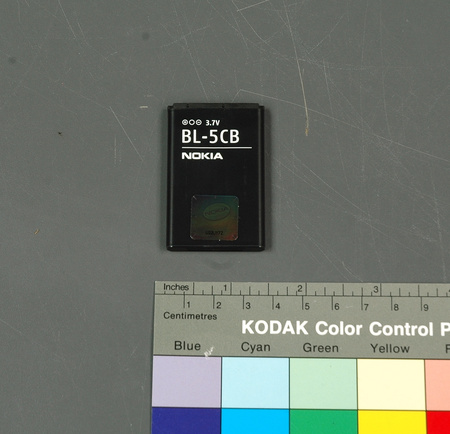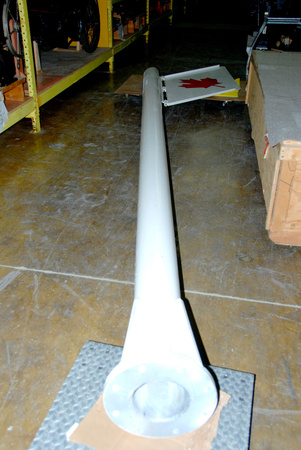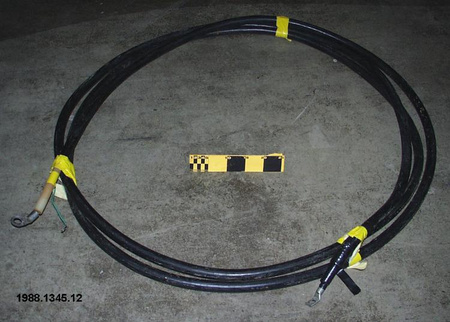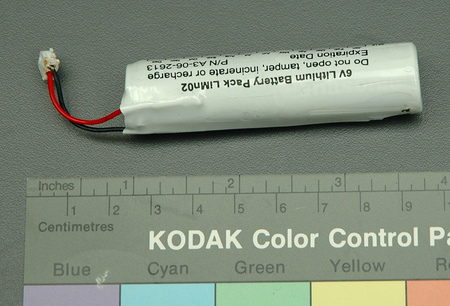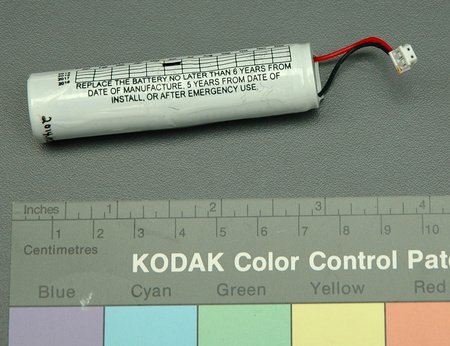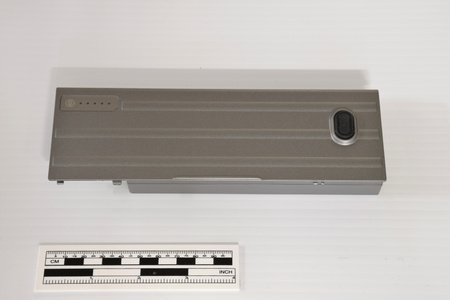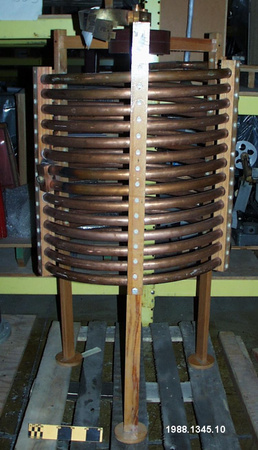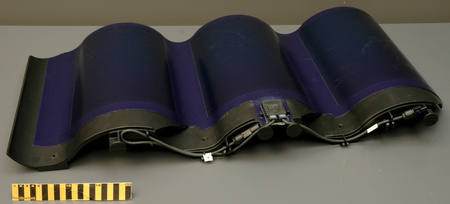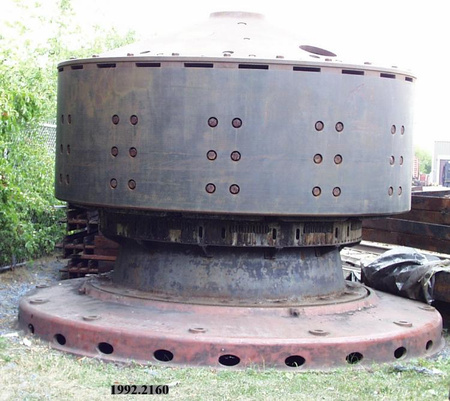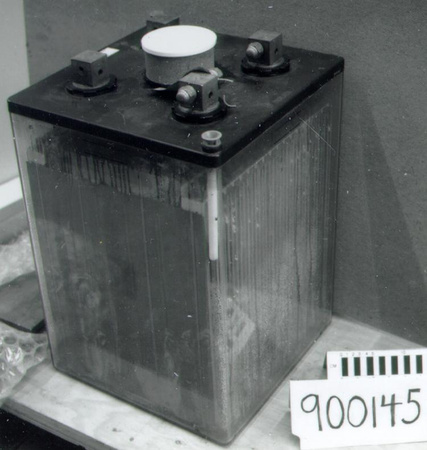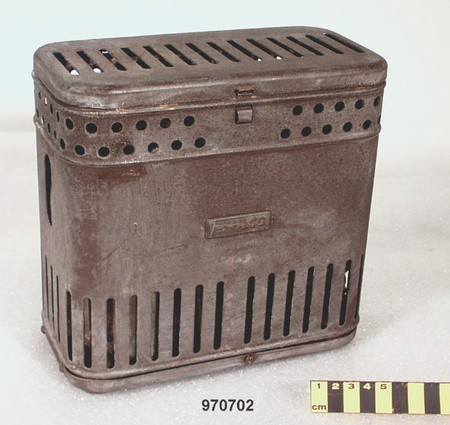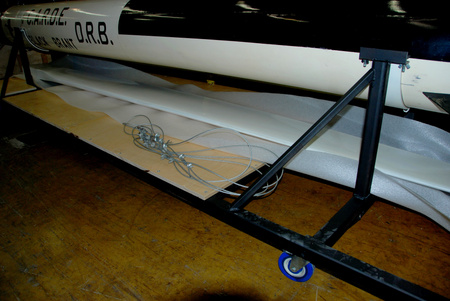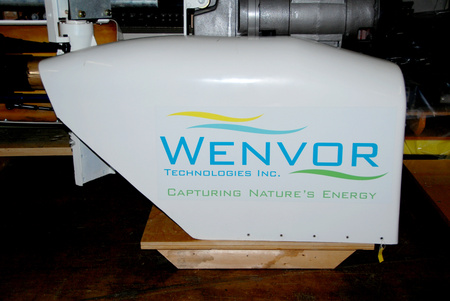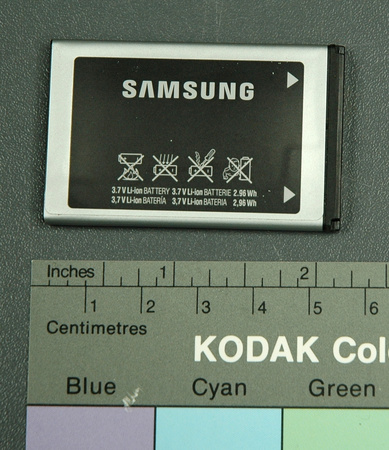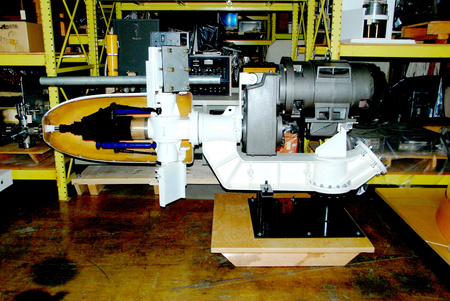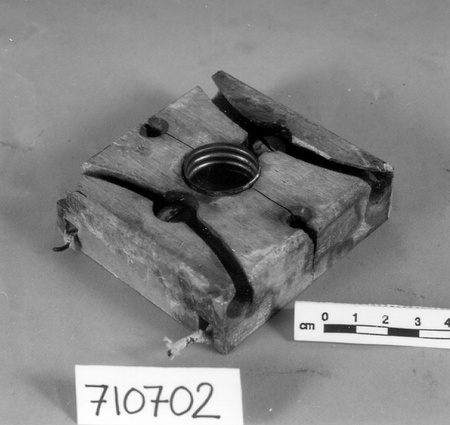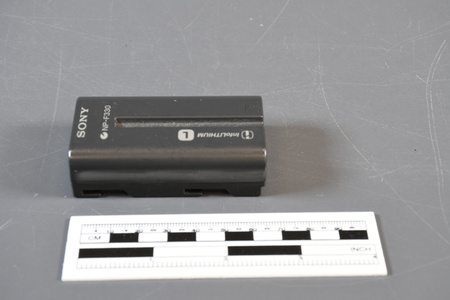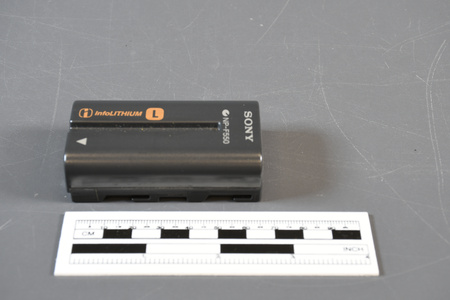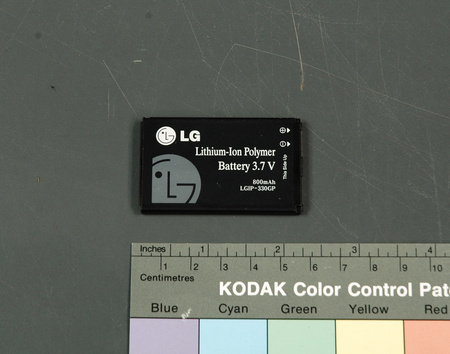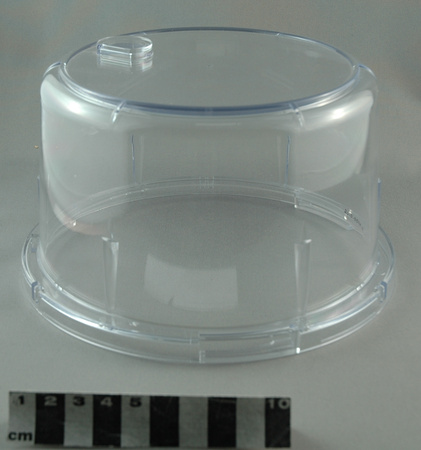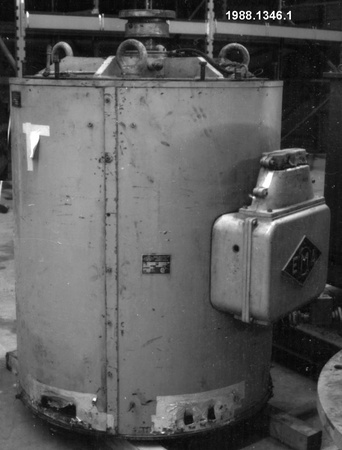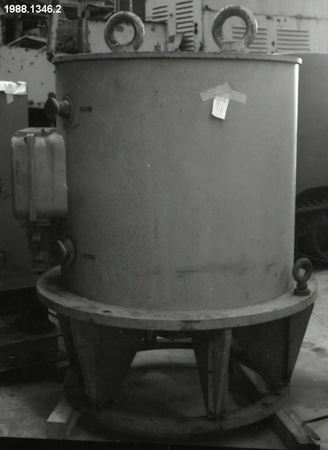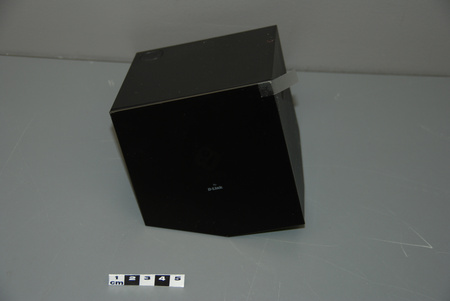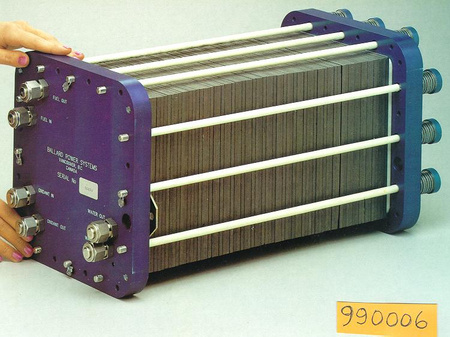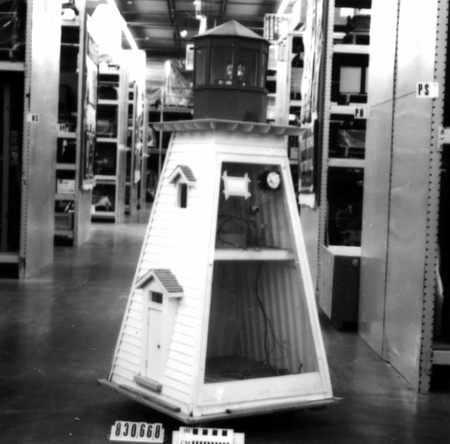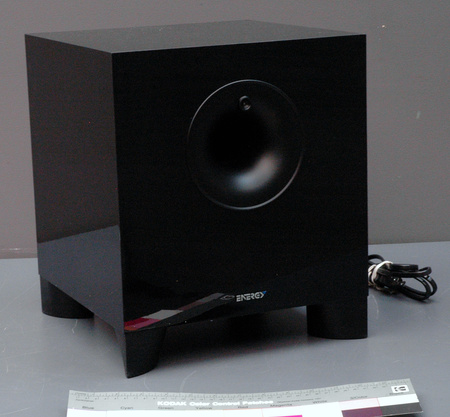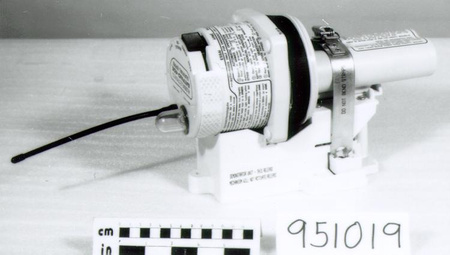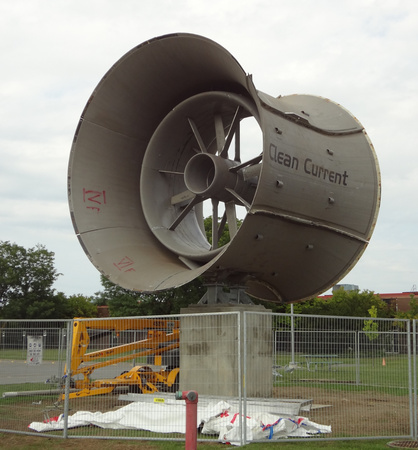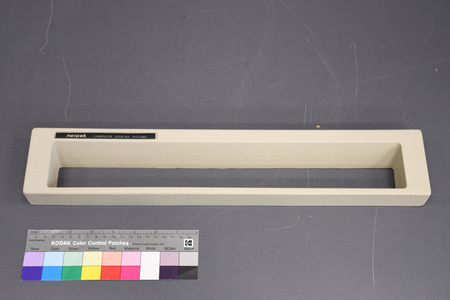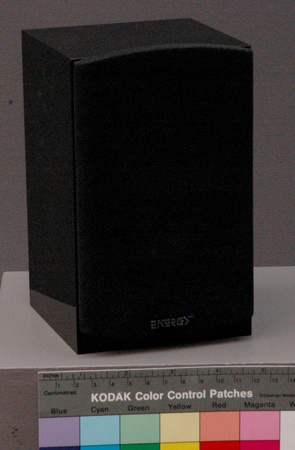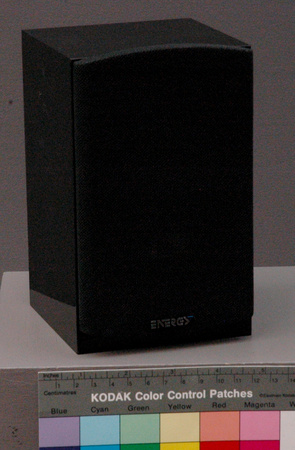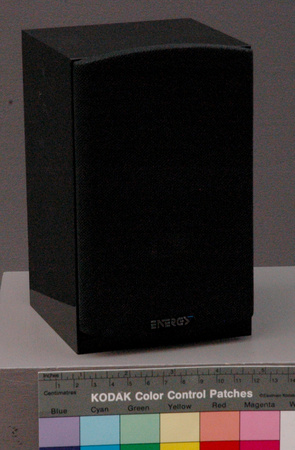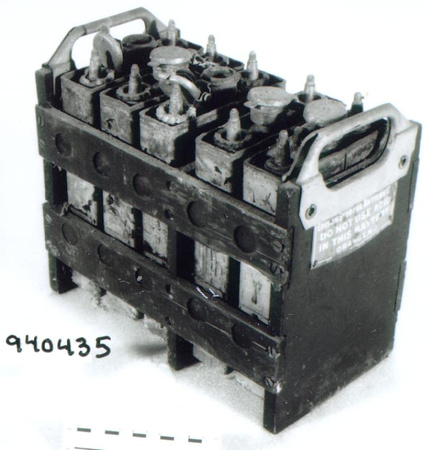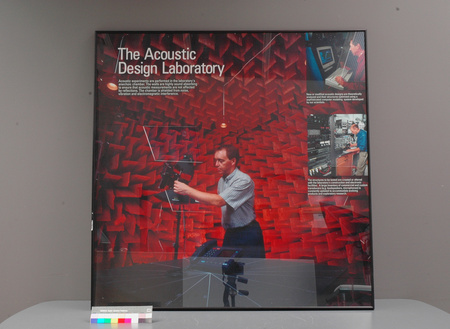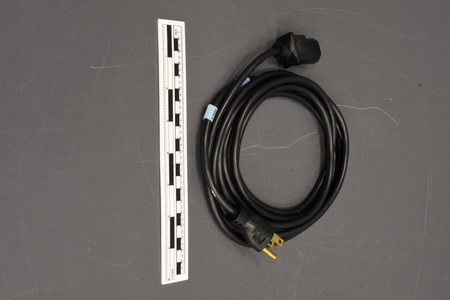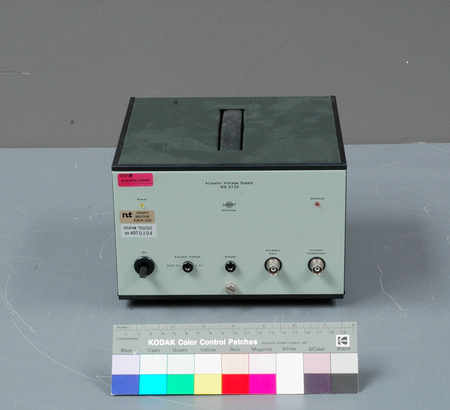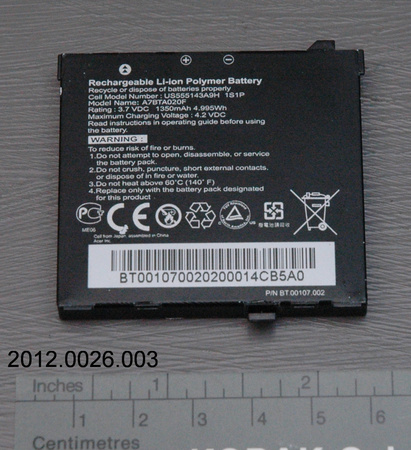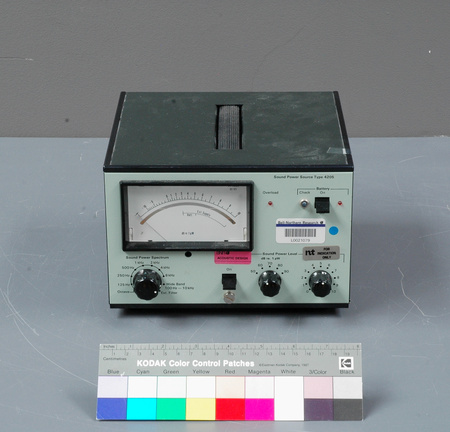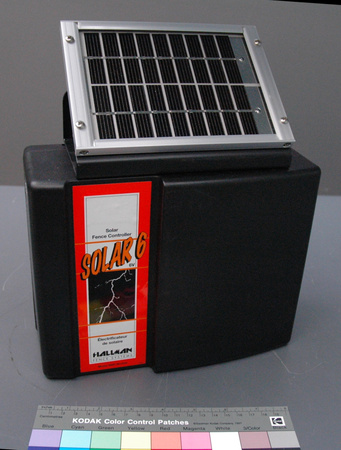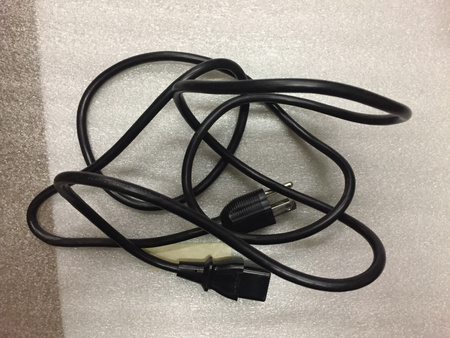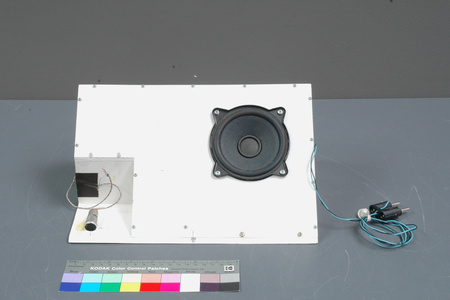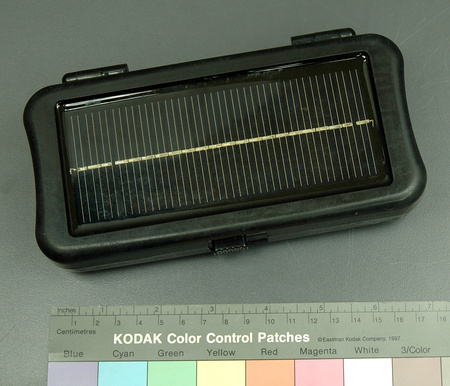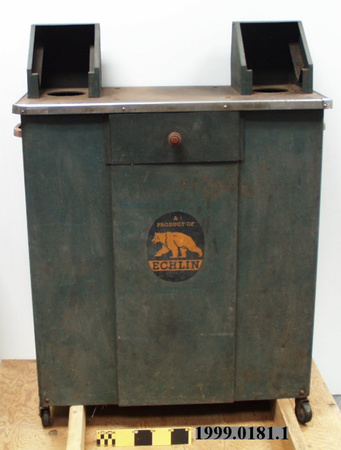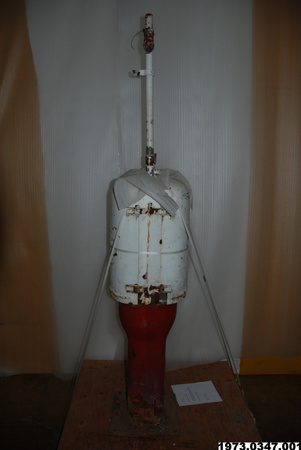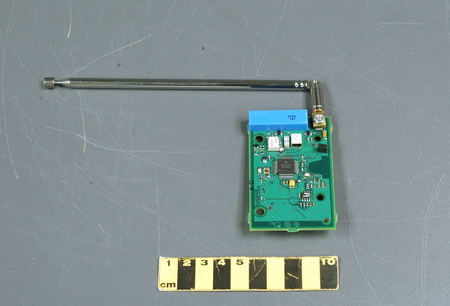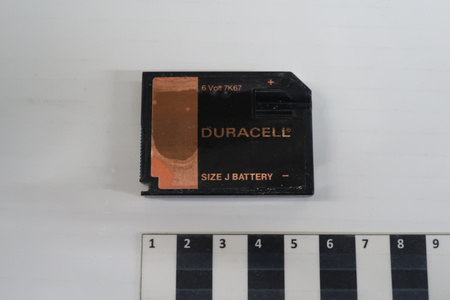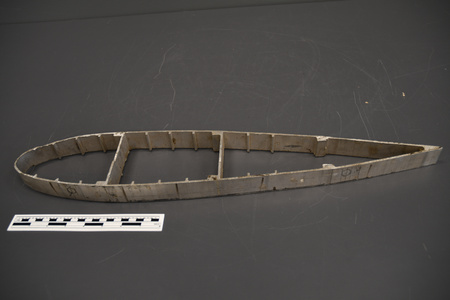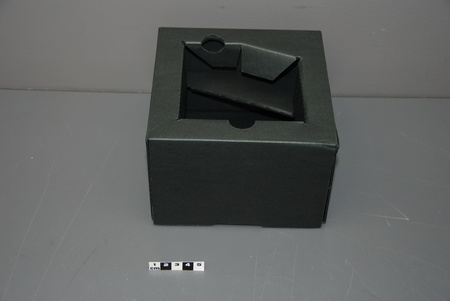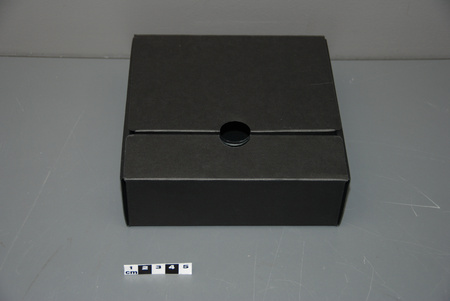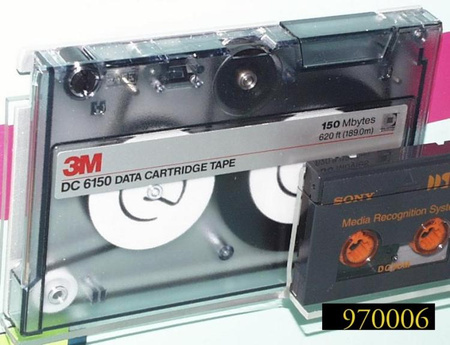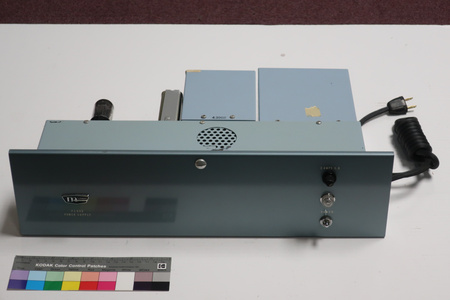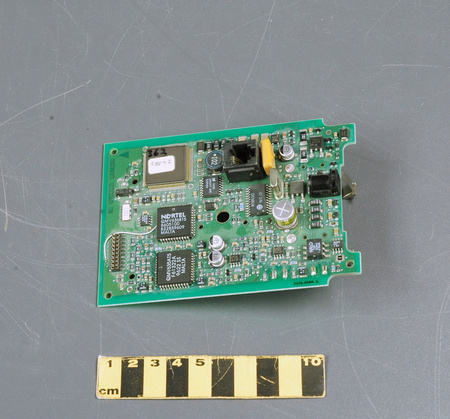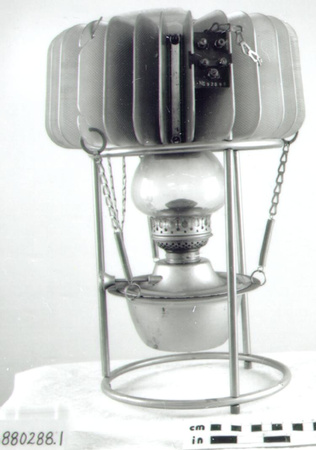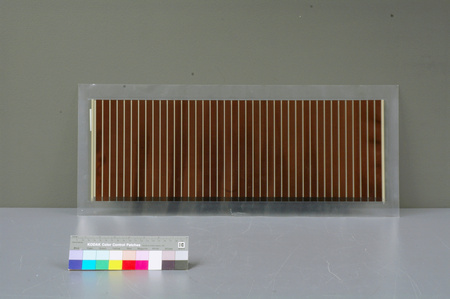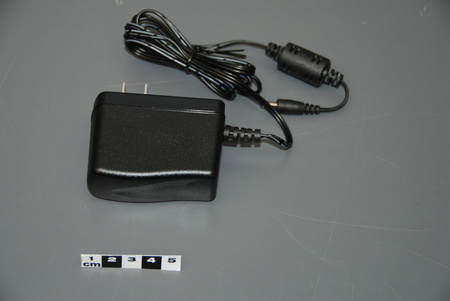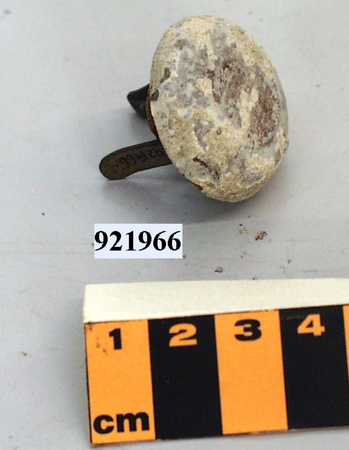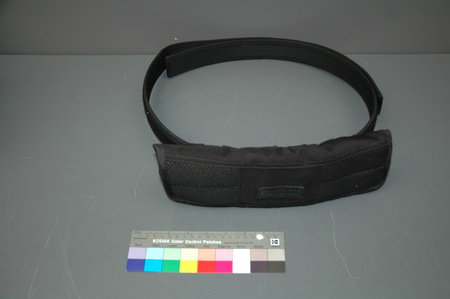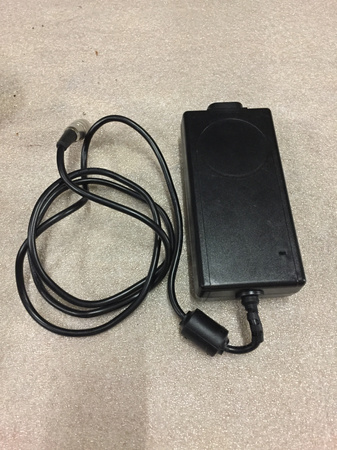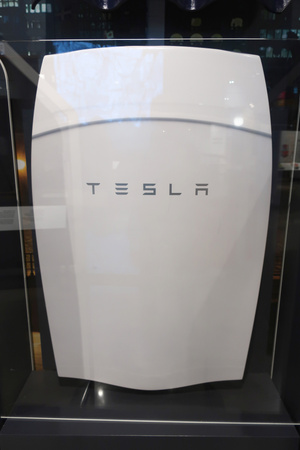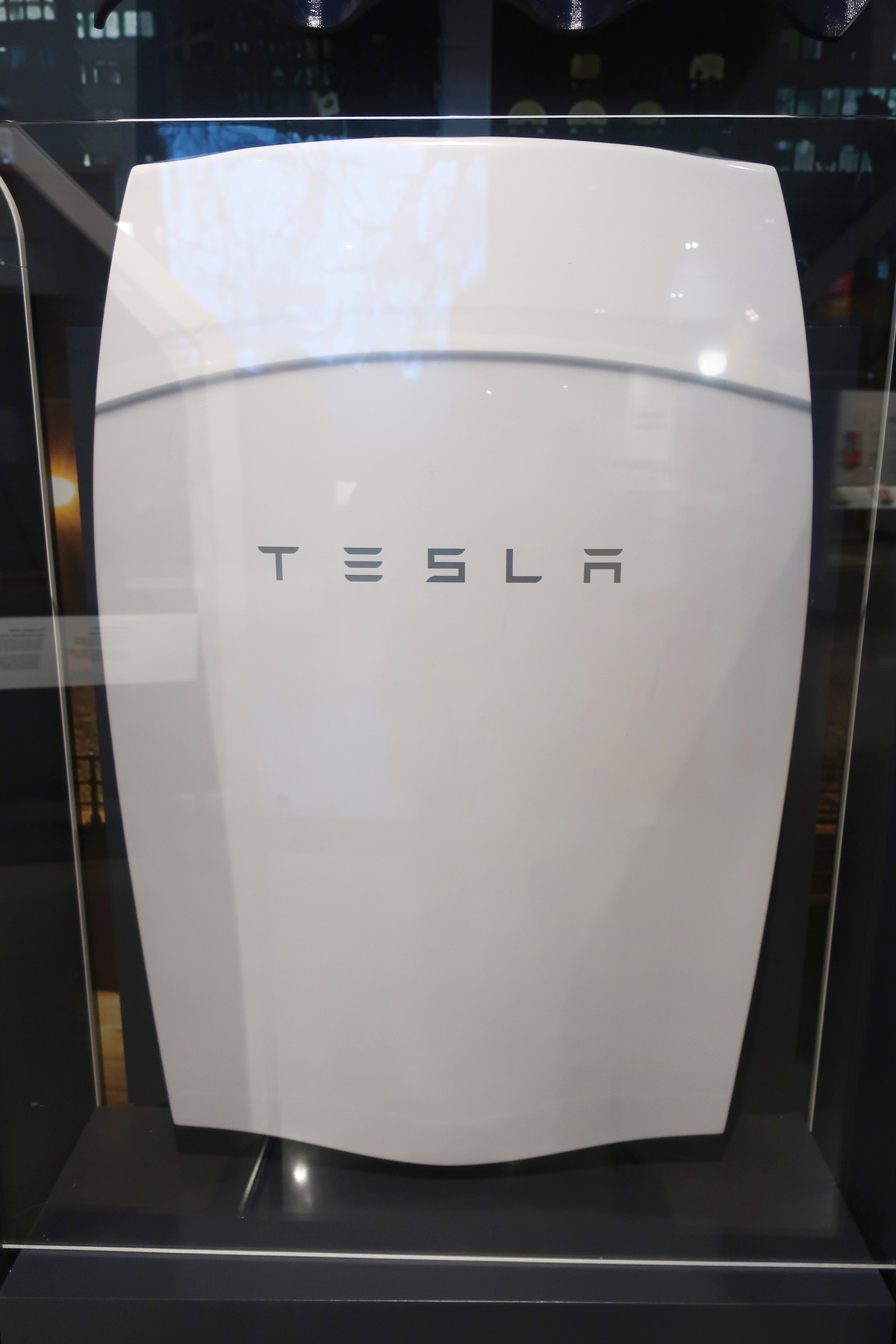Batterie
Utiliser cette image
Puis-je réutiliser cette image sans autorisation? Oui
Les images sur le portail de la collection d’Ingenium ont la licence Creative Commons suivante :
Copyright Ingenium / CC BY-NC-ND (Attribution-NonCommercial 4.0 International (CC BY-NC 4.0)
ATTRIBUER CETTE IMAGE
Ingenium,
2016.0262.001
Permalien:
Ingenium diffuse cette image sous le cadre de licence Creative Commons et encourage son téléchargement et sa réutilisation à des fins non commerciales. Veuillez mentionner Ingenium et citer le numéro de l’artefact.
TÉLÉCHARGER L’IMAGEACHETER CETTE IMAGE
Cette image peut être utilisée gratuitement pour des fins non commerciales.
Pour un usage commercial, veuillez consulter nos frais de reproduction et communiquer avec nous pour acheter l’image.
- TYPE D’OBJET
- lithium-ion/home/stationary
- DATE
- 2016
- NUMÉRO DE L’ARTEFACT
- 2016.0262.001
- FABRICANT
- Inconnu
- MODÈLE
- Powerwall
- EMPLACEMENT
- Inconnu
Plus d’information
Renseignements généraux
- Nº de série
- T15L0001334
- Nº de partie
- 1
- Nombre total de parties
- 1
- Ou
- S/O
- Brevets
- S/O
- Description générale
- Metal frame and components with synthetic casing
Dimensions
Remarque : Cette information reflète la taille générale pour l’entreposage et ne représente pas nécessairement les véritables dimensions de l’objet.
- Longueur
- 87,5 cm
- Largeur
- 18,0 cm
- Hauteur
- 130,3 cm
- Épaisseur
- S/O
- Poids
- S/O
- Diamètre
- S/O
- Volume
- S/O
Lexique
- Groupe
- Énergie-électrique
- Catégorie
- Génération
- Sous-catégorie
- S/O
Fabricant
- Ou
- Inconnu
- Pays
- Inconnu
- État/province
- Inconnu
- Ville
- Inconnu
Contexte
- Pays
- Inconnu
- État/province
- Inconnu
- Période
- Never used
- Canada
-
Tesla’s Powerwall is distributed in Canada by MPower Energy Solutions, which agreed to purchase it for us at costs from the US manufacturer. The MPower Energy Solutions works with NRStor Inc to bring the battery to the Canadian market. NRStor, which was created in 2012 by Annette Verschuren, a former President of Home Depot, acts as an investor, and MPower is a distributor and installer. This is a new company, led by Bob Atkinson, who formerly had senior positions with Home Depot, CIBC, and Bank of Montreal. At this moment there are very few examples of the battery in Canada. A shell, with no electronics, is at the MPower headquarters in Toronto. One complete battery is being tested by NB Power at Stephen McNeil's home in Fredericton Junction. The company promised to give the battery to Mr. McNeil after the tests, and it will not be available for an acquisition for the next 10 to 15 years. There are a few other Canadian connections to Powerwall. Elon Musk, the CEO and product architect of Tesla Motors, whose mother is Canadian, attended Queen’s University in the early 1990s. As of June 2016, Tesla is also the primary sponsor of Jeff Dahn Research Group at the Dalhousie University, which conducts research on materials for energy storage and focuses on decreasing the costs, and improving the life cycle and lifetime of Tesla’s lithium ion batteries. Dr. Dahn holds the NSERC/Tesla Canada Industrial Research chair and is a recipient of the Governor General Innovation Award. (From Acquisition Proposal, see Ref. 1) - Fonction
-
To provide back up power to a home. (From Acquisition Proposal, see Ref. 1) - Technique
-
I propose that we acquire the first generation of the Powerwall, the entire battery system, including parts that are necessary to connect it to the grid such as the inverter, the meter, power optimizer, transformer, and the software. Only very few of these batteries were produced, as the company moved to release a redesigned Powerwall 2. Yet acquiring the earliest version will allow us to better study the development of this technology and compare it, in future, with innovations introduced by Dr. Dahn’s group. It will also permit us to compare the first Powerwall with the Eguana AC Battery. This battery, designed by a Calgary company, and virtually unknown on the general market, has basically the same function as Powerwall, that is to provide a residential backup power. Eguana is a relatively small company with up to $6 million sales per year. Its battery won awards in Europe; according to a review in the Mining.com, it is more portable, stronger and easier to install than Powerwall. However, it has very little marketing and its design is rather utilitarian. Other companies have tried to capitalized on the home energy storage trend, since the Tesla announcement. In 2015, California based, Orison, started a Kickstarter campaign to manufacture small batteries, similar in design to Powerwall, that are light and easy to install, but only store small amounts of power. Another California company, SimpliPhi Power is redesigning its commercial products for the residential market. It will be very interesting to monitor the position of these products and companies vs Tesla Motors, applying history of technologies methodologies such as actor-network approach. The Tesla Powerwall was announced on May 1, 2015. The company received 38,000 orders in the first week, long before the battery was schedule to be available for sale. Battery – or broader understood, energy storage solutions – are considered a holy grail of the energy sector. They have been at once a technological bottleneck, which prevented other technologies from going forward, and a technological stagnation, which allowed the persistent status quo favourable to energy delivery and petroleum companies. However, the gradual but growing shift toward renewable technologies in the 21st century creates more market potential for advancing energy storage solutions. These are being developed on the large scale, for example wind energy storage in hydro (pumped storage), but there are very few batteries for residential storage. Development of such a battery for the homes would ultimately allow residents a greater choice of energy sources independent from the electricity delivery monopoly, and, as hoped by Tesla, may also impact the sale of electric cars by giving the drivers a quick access to powerful chargers. The Powerwall is designed to connect either to the grid to store energy as a backup, or to solar panels to provide supplementary energy to power the house, while still acting as a backup. It is designed to compete with backup generators and natural gas systems, which protect against black outs and brown outs. It is interesting for several reasons. This is the first system on the market that is specifically designed for residential use to both store energy from solar panels and to connect to the grid. The influence of product design is clearly visible in the shape of Powerwall, and in the promotional material, which treats it as part of the house décor. Tesla uses the long history of perceptions on energy to market this product. Powerwall is designed to look futuristic and offer the tantalizing promise of control over our own access to clean, renewable energy. It promises independence from “the grid,” an unreliable and potentially not trustworthy delivery system; Powerwall owners can secure their own energy supply. They can store the energy for future use rather than sell it back to the grid. The role of the company, and its CEO Elon Musk is also interesting. This new approach to energy delivery has been perceived as unattainable with the current state of technology; it is not surprising than that a company, and a CEO, that are described as “visionary” with “limitless possibilities” (Forbes) are the only ones who can turn the public’s attention to a battery. As the actor-network theory – and the Eguana’s example – shows, the technological product is only as successful as the network of interested around it. It will be very interesting to document the story of Powerwall to discover if this product has a lasting power. In terms of technologies, the Powerwall is a rechargeable, lithium ion battery. The lithium ion batteries, which are a standard in most electronics, are still far from perfect. They tend to overheat and melt; this risk rises with the increase in size and storage capacity. This is why these batteries still cannot be employed to store solar or wind energy on a large scale. By introducing Powerwall (and even larger Powerpack), Tesla takes on this technological challenge. Rather than use one large battery, the system is made up of many small batteries compartmented in a cooling liquid. Initially, Tesla introduced 10 kWh and 7kWh versions, eventually going ahead with the 7kWh battery. The battery can produce 3.3 kW continues power, it is very efficient, and does not specify the limit on recharging. The Depth of discharge (DOD) is 100%, which means that the battery can deliver its full energy. Most batteries have up to 50% DOD. The benefit of the Powerwall is also in the integration of parts within the battery, such as internal converters, conversion control units, and microprocessors in one, easy to install battery pack. This also means that, unlike other batteries on the market, which need the electrolyte monitoring, the terminals clean up and equalizing, the Powerwall does not need the same level of maintenance. (From Acquisition Proposal, see Ref. 1) - Notes sur la région
-
Inconnu
Détails
- Marques
- On the proper front: "TESLA"/ On the label on the proper bottom: "Tesla Powerwall/ Daily Model/ Battery Energy: 6.4 kWh DC/ Maximum DC Power: 3.3 kW/ Battery Type: Li-ion/ Protection Degree - Enclosure: IP35 and NEMA3R/ Protection Degree - Battery and Power Electronics: IP67/ Maximum DC Voltage: 450 VDC/ Maximum DC Current: 9.5 ADC/ Controls Power: 11-14 VDC, 53 W/ Mass: 95 kg/ [logo] c/ TUV Rheinland/ of North America, Inc./ US/ [logo] TUC Rheinland/ CERTIFIED/ BATTERIES FOR USE IN/ STATIONARY APPLICATIONS/ CERTIFIED TO UL 1973 & UL 1741/ CE/ CAUTION: Read all instructions before installaion,/ operation, or maintenance of this system/ THIS EQUIPMENT HAS BEEN TESTED AND FOUND TO COMPLY WITH/ THE LIMITS FOR A CLASS B DEVICE, PURUANT TO PART 15 SUBPART/ B OF THE FCC RULES. THESE LIMITS ARE DESIGNED TO PROVIDE/ REASONABLE PROTECTION AGAINST HARMFUL INTERFERENCE IN/ A RESIDENTIAL INSTALLATION. OPERATION IS SUBJECT TO THE/ FOLLOWING TWO CONDITIONS: (1) THIS DEVICE MAY NOT CAUSE/ HARMFUL INTERFERENCE, AND (2) THIS DEVICE MUST ACCEPT ANY INTERFERENCE RECEIVED, INCLUDING INTERFERENCE THAT CAUSE/ UNDESIRED OPERATION./ MADE IN THE USA/ TESLA/ LABEL PN: 1067948-00-A/ ASY, POWERWALL, 3.3KW, 7KWH/ (P) TPN: 1067000-00-B/ (S) TSN: T15L0001334"
- Manque
- Appears complete
- Fini
- White proper front with black panels on the proper left and right and proper bottom as well as a black proper back. There is a white label on the proper bottom.
- Décoration
- S/O
FAIRE RÉFÉRENCE À CET OBJET
Si vous souhaitez publier de l’information sur cet objet de collection, veuillez indiquer ce qui suit :
Fabricant inconnu, Batterie, vers 2016, Numéro de l'artefact 2016.0262, Ingenium - Musées des sciences et de l'innovation du Canada, http://collection.ingenium.ca/fr/id/2016.0262.001/
RÉTROACTION
Envoyer une question ou un commentaire sur cet artefact.
Plus comme ceci
